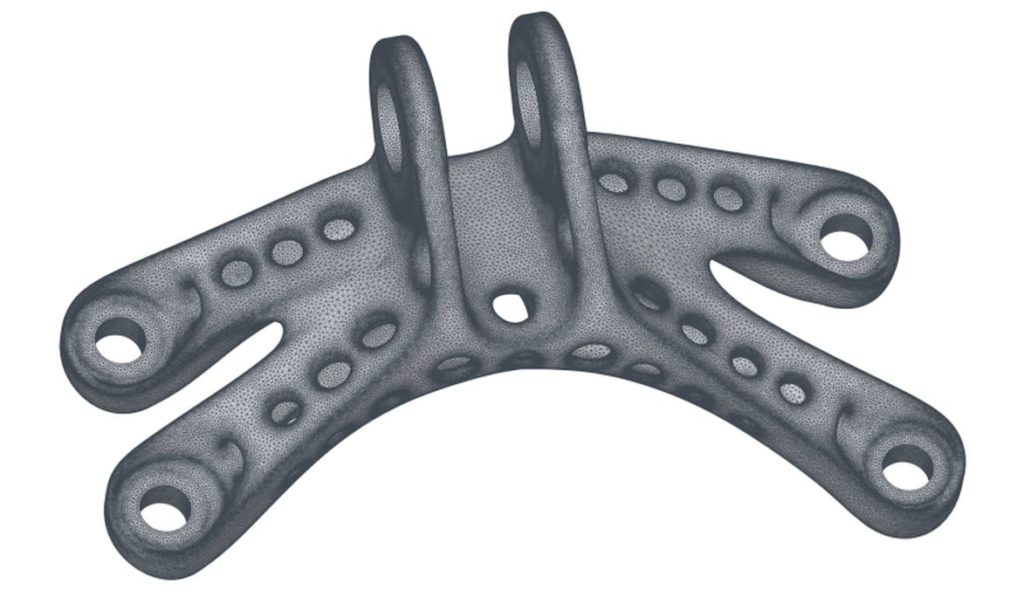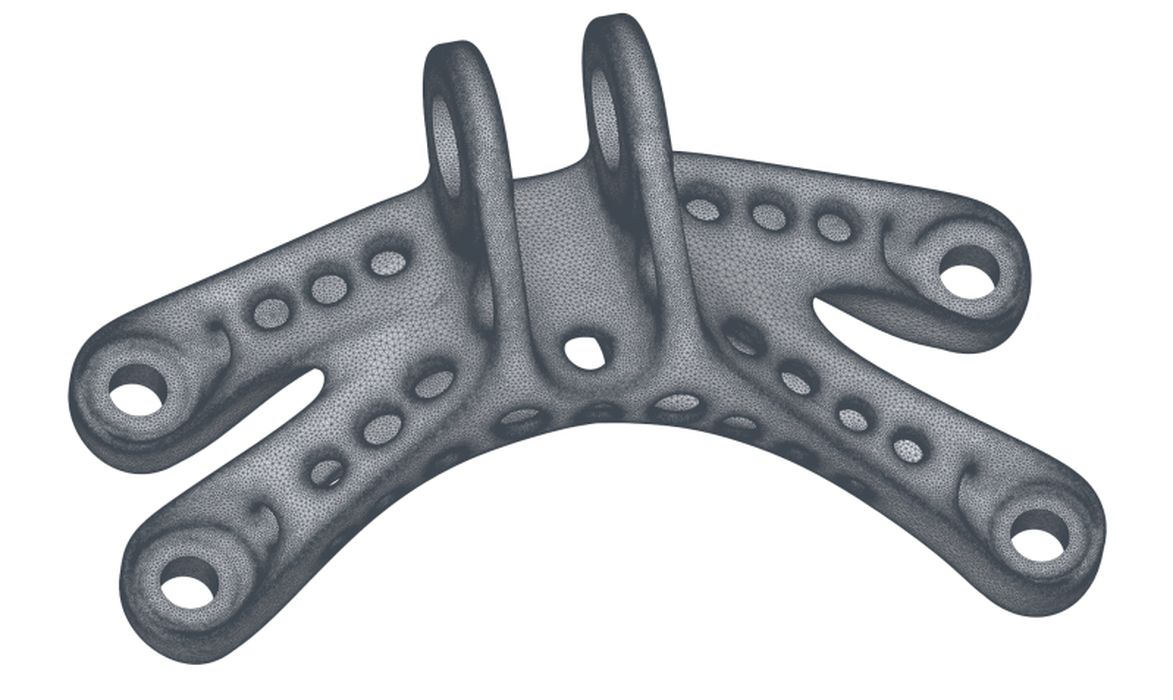
A new version of Polygonica has been released with several powerful 3D features.
Polygonica is a software toolkit for 3D operations. The main features it provides are:
- Mesh Analysis: provide a variety of detailed datasets for a given 3D mesh
- Mesh Healing: repair a mesh to watertight form
- Point Cloud: process a point cloud into a mesh
- Remeshing: convert an existing mesh into more optimal form
- Boolean Operations: add and subtract 3D segments
- Mesh Offsetting: intelligently create differently-sized versions of a mesh for hollowing, for example
Those are indeed powerful operations, but I should explain a little bit about this software. It’s not actually an end-user tool that you can launch and use to tidy up your defective 3D model. It’s in fact a software toolkit that performs these and other operations, and is typically integrated into an end-user tool of some type. MachineWorks, the makers of Polygonica, describe it as follows:
“Polygonica is a component software library for working with polygon meshes that helps companies in a range of industrial markets solve complex 2D and 3D geometrical problems. The main functions of Polygonica include healing, Booleans, offsetting, mesh analysis, remeshing, simplification, data reduction, defeaturing and point-cloud manipulation and meshing.”
In other words, Polygonica is a set of basic, but powerful, 3D building blocks on which 3D applications can be built.
What’s new in this release? I found the most interesting features:
- Integration with .NET languages through .NET wrappers to dramatically expand the utility
- Multithreaded operations for boolean unions of multiple solids for extra speed
- New non-manifold geometry to handle broken meshes
- Surface detection recognizes threading
- Direct export compatible with Siemens Parasolid format
- Multithreaded remising for added speed
- Shrink-wrap operations now include color textures
- More complex selection operations possible
- Ability to generate smooth curves over rough surfaces for simplified 3D print slicing
Managing Director of MachineWorks, Dr. Fenqiang Lin, explained:
“Our initial investigations into the identification of curvature extrema were specifically to help find gum lines for the dental market. We now see the potential value in identifying other feature lines in scanned mesh data for improving reverse-engineering workflows, and we plan to develop this interesting technique further in future releases.”
While Polygonica is not suitable for end-user use, it is used by many large 3D print operations to build their own 3D software products. The list of Polygonica users includes some notable names you will be familiar with:
- 3D Systems
- Stratasys
- EnvisionTEC
- Desktop Metal
- Renishaw
- Zortrax
- CASTOR
- Velo3D
And I’m sure there’s more they haven’t (or cannot) mention.
The next time you are using 3D software from these or other companies, know that under the covers you are also using Polygonica. You may also see them working a lot faster, too.
Via Polygonica and MachineWorks

